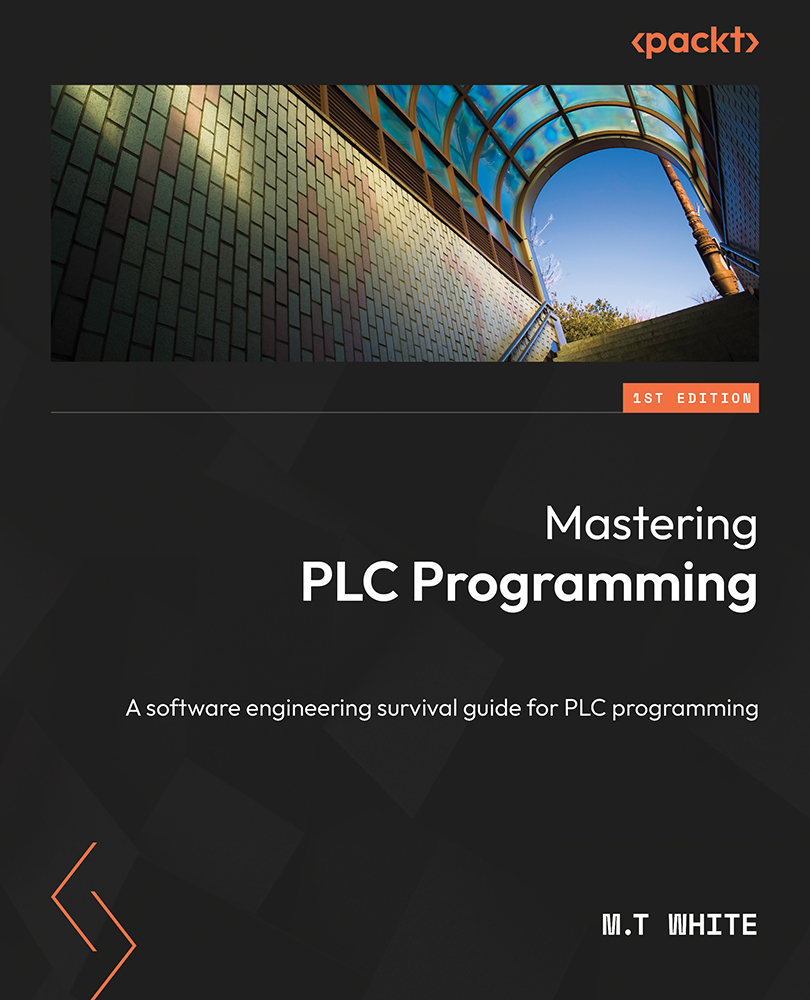Final project – creating a simple HMI
For this project, we are going to create a simple HMI that can control a histogram. The HMI we are going to create is going to be straightforward. When a switch is flipped, an LED is going to turn on and a pot will become visible. When the pot appears, we will be able to turn the pot to adjust one of the lines on the histogram. With that in mind, let’s set up some basic requirements.
Requirements for the HMI
The HMI will need the following:
- Four rocker switches that will control the visibility of four different pots
- Four LEDs that indicate when the rocker switch is on
- Four pots that will only be visible when the rocker switch is on
- Each pot will control exactly one bar on the histogram
- Both the pots and the histogram will have a range of 0 to 100 (default range)
With these requirements, minimal code is required to make the HMI function as intended. The requirements also dictate that there will...


























































